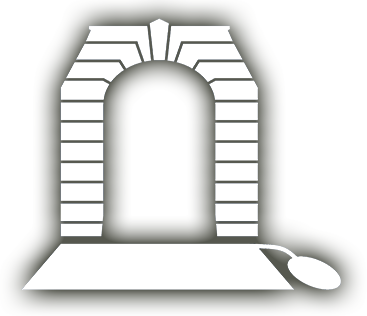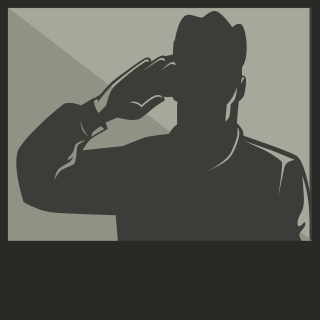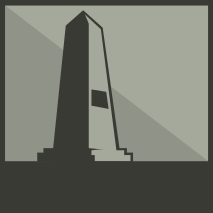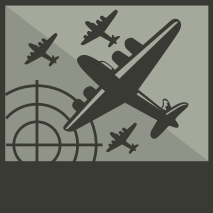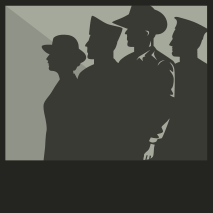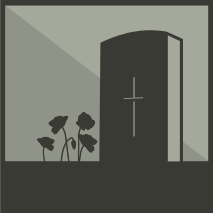
HOWDEN, Thomas Henry
| Service Number: | 815 |
|---|---|
| Enlisted: | 14 February 1916, Adelaide, South Australia |
| Last Rank: | Second Lieutenant |
| Last Unit: | 43rd Infantry Battalion |
| Born: | Keston, England, 23 January 1891 |
| Home Town: | Norwood (SA), South Australia |
| Schooling: | Keston Primary School, England |
| Occupation: | Nurseryman |
| Died: | Killed In Action, Belgium, 4 October 1917, aged 26 years |
| Cemetery: |
No known grave - "Known Unto God" |
| Memorials: | Adelaide National War Memorial, Australian War Memorial Roll of Honour, Ypres (Menin Gate) Memorial |
World War 1 Service
| 14 Feb 1916: | Enlisted AIF WW1, Private, 815, Adelaide, South Australia | |
|---|---|---|
| 9 Jun 1916: |
Involvement
AIF WW1, Private, 815, 43rd Infantry Battalion, Enlistment/Embarkation WW1, --- :embarkation_roll: roll_number: '18' embarkation_place: Adelaide embarkation_ship: HMAT Afric embarkation_ship_number: A19 public_note: '' |
|
| 9 Jun 1916: | Embarked AIF WW1, Private, 815, 43rd Infantry Battalion, HMAT Afric, Adelaide | |
| 1 May 1917: | Promoted AIF WW1, Second Lieutenant | |
| 7 Jun 1917: | Involvement AIF WW1, Second Lieutenant, 43rd Infantry Battalion, Battle of Messines | |
| 31 Jul 1917: | Involvement AIF WW1, Second Lieutenant, 43rd Infantry Battalion, Third Ypres | |
| 4 Oct 1917: |
Involvement
AIF WW1, Second Lieutenant, 43rd Infantry Battalion, Broodseinde Ridge, --- :awm_ww1_roll_of_honour_import: awm_service_number: awm_unit: 43rd Australian Infantry Battalion awm_rank: Second Lieutenant awm_died_date: 1917-10-04 |
Help us honour Thomas Henry Howden's service by contributing information, stories, and images so that they can be preserved for future generations.
Add my storyBiography
By Mark Howden - relative
Tom was a small man - only 5ft 5½ins, a 36" chest, but he was a keen sportsman. He played football for Keston before emigrating to Australia, aged 19, with his older brother George, where they both played British Association football for Adelaide.
However in February 1916 Thomas volunteered to serve with the Australian Imperial Force, and joined the 43rd Battalion, which embarked in November of that year on the HMAT Afric sailing via Ceylon to Marseilles. The battalion entrained to Le Havre where they spent an uncomfortable night sleeping on the cobbles! The next day sailed across to Southampton. The Battalion then went to Tidworth in Hampshire for training, but Tom must have impressed the higher ups because on 3rd January 1917 he was selected for Officer training and in February 1917 was posted to Trinity College in Cambridge for this purpose, and was later commissioned. After re-joining his unit the battalion then caught the train to Newhaven, boat to Etaples in France, and then marched to the front.
The 43rd fought at Messines and he would have witnessed the huge mines being detonated under the German lines, but on the 9th July he was shot in the face and was evacuated to the 14th General Field Hospital at Wimeraux just north of Boulogne. However, despite this wound being sufficient for a Blighty, he didn't want to leave his mates and returned to the front when he should have been recuperating.
By now the war was reaching a critical phase - The Germans were sinking so many of our merchant ships that unless the channel ports of Zebrugge and Ostend were recaptured, the war was virtually lost. But to do this the Western front needed to swing around so they could be simultaneously attacked from the rear and the sea. However the French army had mutinied which prevented this allied manoeuvre. The whole thing rested on a break through and the Ypres salient was chosen.
On the morning of the 4th October 1917 The Australian 3rd Division of which the 43rd was a part, had reached their jumping off point at the town of Zonnebeke, in what was to be the 3rd battle of Ypres (sometimes just known as Passchendaele) and specifically the battle of Broodseinde . The Germans were suspicious of an RFC aircraft dropping flares and suspected that an attack was due, so began shelling the assembly point. At first the shells landed in the rear, so the troops pressed forwards. The next salvoes landed near the front, causing the troops to recoil backwards. The Germans adjusted their aim again and this time the shells landed directly into the massed Australians causing terrible casualties - 1 in every 7 was killed. Thomas and Captain Sims had been near Zonnebeke station on the other side of the railway when a Trench mortar landed directly on them killing them both instantly. Trench reference 28-NE1 D21
They were both given a field burial where they fell, officiated by the battalion chaplain, WA Moore. However subsequent shelling by German artillery obliterated their temporary graves and their remains. Thomas and Captain Sims are both remembered on the Menin Gate.
Thomas is also remembered on Keston War memorial, and in the family plot at Keston Church. He is also remembered on the Anzac Arch in Canberra, and the war memorial in Adelaide.His Duty nobly done.
His medals are The 1914-15 Star, The British War Medal, The Victory Medal.
Thomas' brother Pte Owen Howden, Norfolk Regiment, was wounded in Action, taken prisoner by the Germans, and died in captivity in 1918 at Mons.

